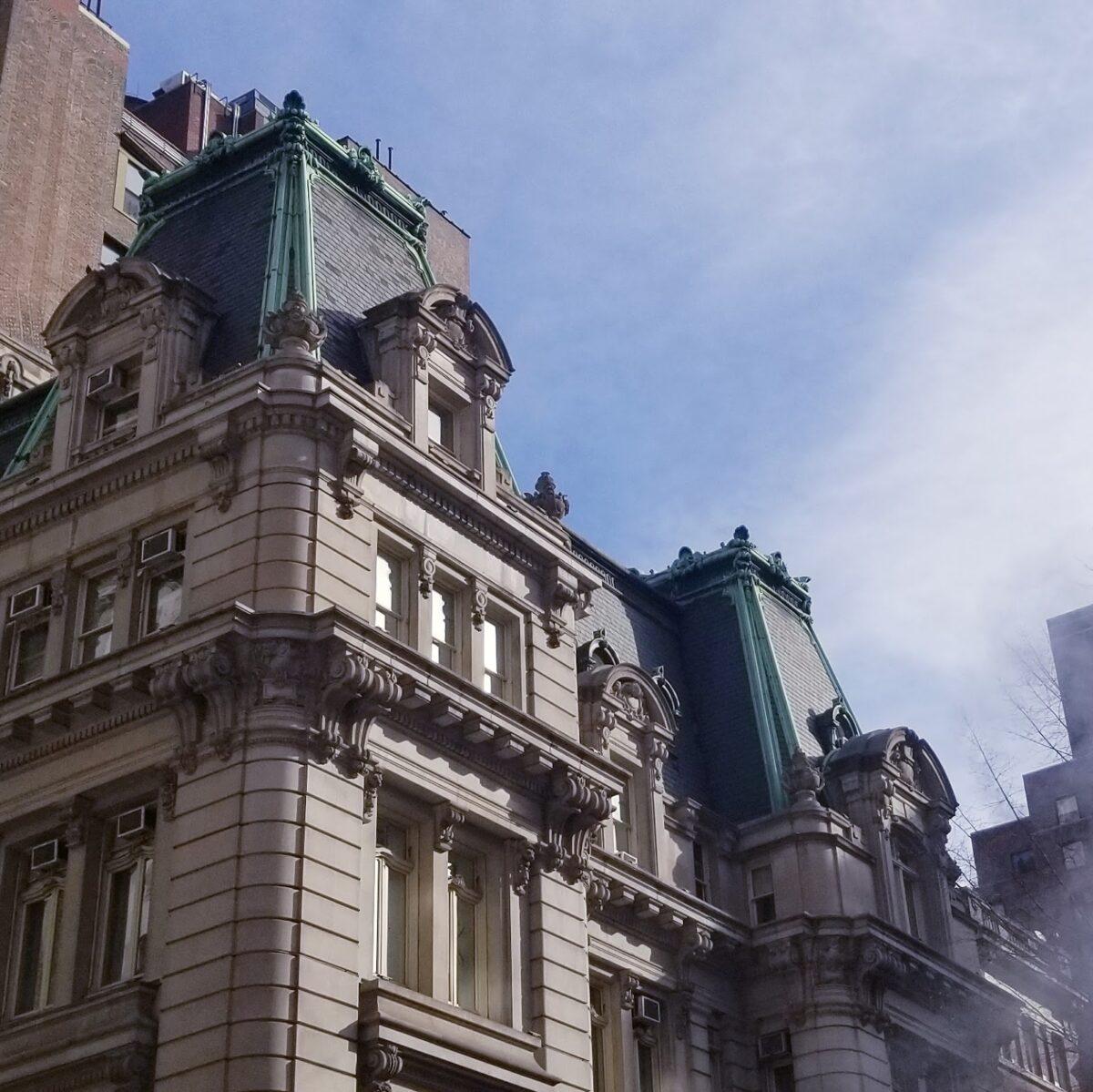A column capital’s intricate decorative motifs, an arched window’s perfect proportions, a majestic Greek statue beneath a frieze—you'll notice these fine architectural details in New York City if you take a moment to look up at some of the buildings, those landmarks that have been preserved over the course of the city’s history.

The De Lamar House was designed by C. P. H. Gilbert in the Beaux-Arts style, a marked deviation from Gilbert’s typical French Gothic architecture. Today, the building belongs to the Republic of Poland and houses its Consulate General. Courtesy of Giusi Mastro





